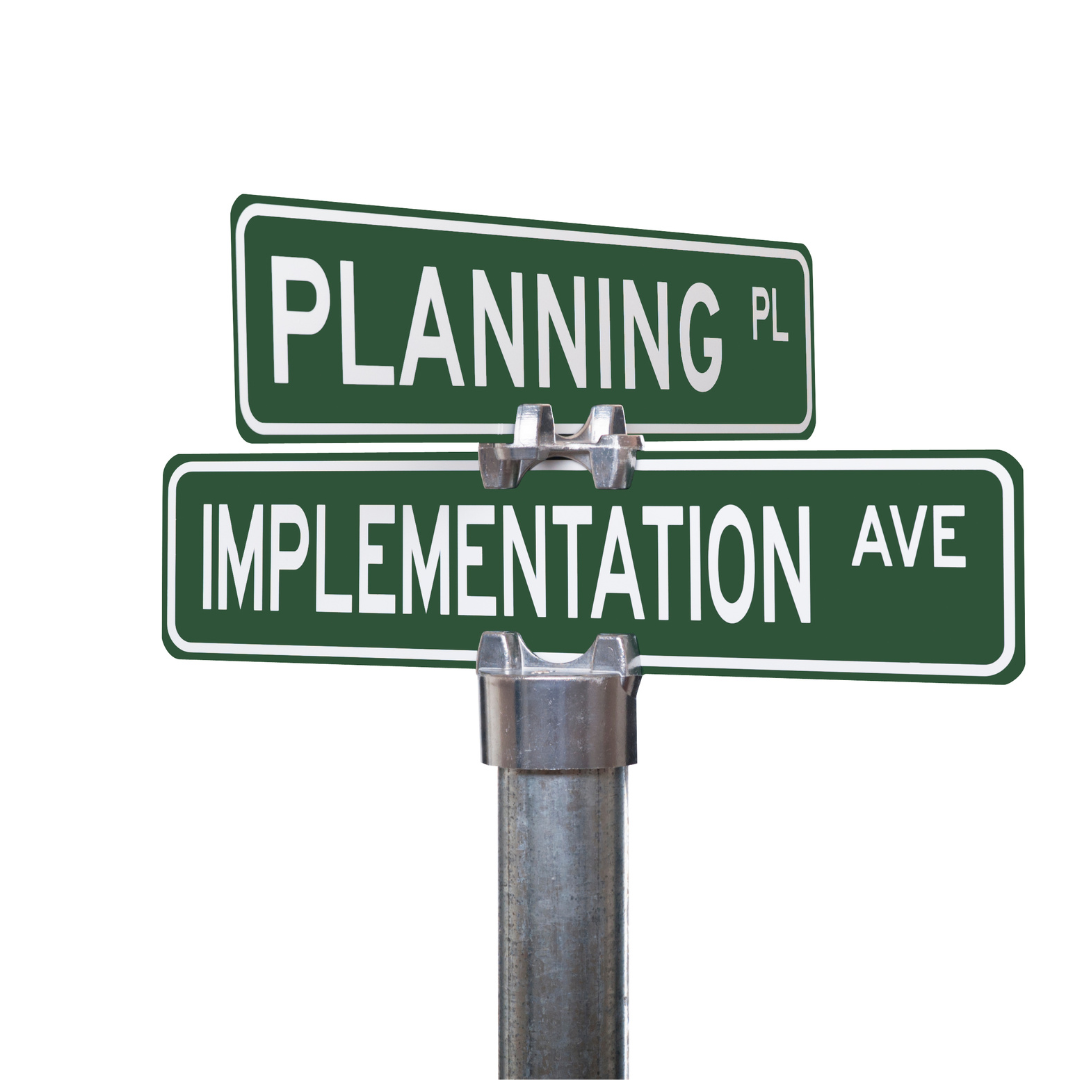Search for specific blog posts by key words, authors, or FPHR capabilities:
Capability or Author
- Accountability & Performance Management
- Anne Graves
- Assessment & Surveillance
- Communications
- Community Partnership Development
- Emergency Preparedness & Response
- Equity
- Erika Guenther
- Jenna Olson
- Mary Parsatoon
- Michelle Stronach
- Organizational Competencies
- Policy Development & Support
- Spoorthy Uddurhally
- Stephany Medina
- Susan Michels

Layering the Swiss Cheese of Substance Use Prevention
Making a grilled cheese and preventing substance misuse have one thing in common: the more cheese the better! In the Swiss Cheese Model of Youth Substance Use Protective Factors, pictured below, the layers of cheese represent protective factors that can help prevent substance misuse while the holes represent gaps that can increase the chance of substance misuse. The more layers of cheese the more likely one is protected and prevented by slipping through the holes and becoming addicted to substances.

Start Today: Support Wellness and Resilience Through Trauma-Informed Approaches
Voice and choice. Physical and emotional safety. Transparency. Culturally responsive interactions. Collaboration. Peer support. These are things we all want in our workplaces, medical interactions, and social lives, right? We also want them for our children, our parents, and our community. These factors are a part of the six guiding principles to trauma-informed approaches (TIA).

Lessons from the Field: Evaluating with Accountability in Mind
Whether you’re launching a new initiative or trying to improve an existing one, EPIS (Exploration, Preparation, Implementation, and Sustainment) offers a simple roadmap to strengthen your work and implement evidence-based practices (EBPs).
You don’t need to be an expert to use it. It’s just a way to pause and ask the right questions—like what’s needed, what’s working, and how to keep it going. Find out how EPIS was used to guide a team of partners in rural Aitkin County as they set out to implement a produce prescription program called FoodRx.

Letting Community Take the Wheel
In our previous blog post, The E Word, we explored ways to talk about barriers to health without relying on often misunderstood or politicized terms. But what do we do next, to actually start breaking down those barriers? It starts with community.

Why Bus Lines Aren’t Run by Health Departments
As public health practitioners, we understand that many drivers of health are beyond the traditional scope of our departments. I recently heard someone say, “I can’t create a bus system run by the health department!” It was a lighthearted comment – but it captured a serious truth: the challenges we face are too complex for any one agency to solve alone. By centering communities most impacted by health inequities, we can design interventions that are effective, equitable, and publicly supported.
And— good news! —we have tools to help us think about how we build partnerships with community.

Talking Data, Equity, or Partnerships? Start with Values.
Do you have data you want to tell people about? Are health equity topics heavy on your mind, and you want others to understand? Are you working to develop a partnership? Here’s one thing you can do to help your words land in the way you intend.
Know what values the people you’re trying to reach have in common with you, as a public health professional. Name those values. Say them loud, proud, and first. When you take a moment to connect in this way, others may be more ready to hear your data, talk about equity, and take action together.

Bridging the Gap: How We Can Better Communicate Across Sectors
Public health is all about creating healthier communities, but sometimes, we do not get the message we intend to in the right way. This is especially true when we are partnering with educators, health systems, business leaders, or housing developers. We want all our partners on board with us and on the same page to create healthier communities. So, how can we bridge the communication gap?